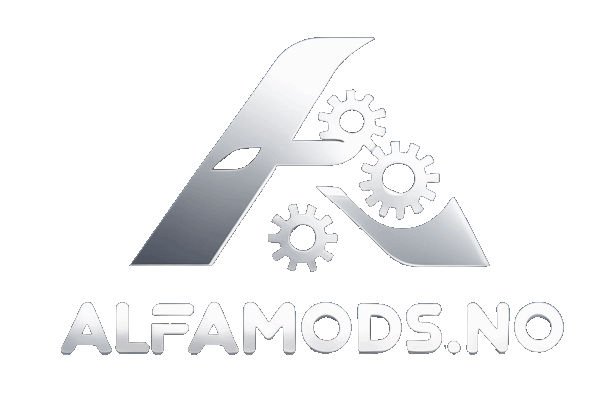The video starts at 0:17, provided by Blender Academy on YouTube.
Let’s start with a new Blender scene by pressing Ctrl+N on the keyboard and selecting ‘General’ from the pop-up menu.
Within the cube, we see an orange dot. Depending on your Blender theme or skin, it may have a different color. We refer to that dot as the object’s origin point. This is also the point where all transformations occur. So if we rotate or scale the cube or selected object, the rotation will happen around that centre point. If we move the cube, the centre point will follow the cube as long as we stay in Object Mode.
The other circular thingy we see in the centre of the cube is the 3D cursor. This one will not follow the cube if we move the cube by pressing G on the keyboard and move the mouse.
Placing the 3D cursor
To do this, hold down the SHIFT key and right-click the closest corner of the cube to place the 3D cursor.
Next (instead of doing what the teacher says), right-click the cube (make sure it is selected) and choose “Set Origin” from the Object Menu, then select “Origin to 3D Cursor.” Not that this operation doesn’t have a hotkey assigned to it.
Now we can press R (for rotate) to rotate the cube around this origin point. Right-click to cancel rotation.
We can also press G (for grab) to move the cube, and the origin point remains in place. Right-click to cancel movement, or left-click to place the cube.
If we press S (for scale) and move our mouse, we see that a dotted line appears between the cursor and the origin point, indicating that the scaling transformation occurs from this point.
Moving object’s origin to 3D cursor
To do this quickly, we right-click the cube again, choose “Set Origin,” and then select “Origin to 3D Cursor.”
If we rotate the cube now, it will still rotate around the origin, but it is offset from its point of origin. However, this can be useful if we want to have one object rotate around another, such as when our cube has its origin at the centre of another cube (for example).
From now on, you can practice placing the 3D cursor and changing the cube’s point of origin to see how it affects the transformations (move, rotate, and scale).
